
Until last week, I have never sat down and watched Akira Kurosawa’s 1958 classic, The Hidden Fortress – the film perhaps most credited as the inspiration for Star Wars. Being such a Star Wars fan, seeing how the franchise has evolved throughout the years, for good and bad, I figured it was high time to go back to some roots to help me understand why the original Star Wars remains timeless more than 40 years after it’s release.
Here’s what I discovered:
First and foremost, I couldn’t help but get caught up in the gorgeous filmmaking. This was not my first Kurosawa film and there’s a reason he’s considered one of the most prolific filmmakers of all time.
As the film opens, we’re introduced to and follow two peasants, Tahei and Matashichi.
They bicker.
Constantly.
One is much shorter than the other and has a terse verbal bite to him.
Sound familiar? They are making their way home amidst a great conflict between two clans. Sick of each other, they split up, are captured and then reunited in the same prison camp. Of course, this is R2-D2 and C-3PO to a tee in the first act of Star Wars after the conflict that occurred above Tatooine.


Beyond this, plots diverge but, with key familiar elements that can be felt throughout the Star Wars saga.
Tahei and Matashichi were not “rebels.” In fact, they’re intent was to join the “the Empire,” but arrived too late to the battle and were mistaken for the Akizuki clan, the enemy “rebels.” They just want to get home, which is a challenge due to a heavily guarded border they must cross.
Before escaping the prison camp, they learn of a reward for the elusive Akizuki princess. But, while the reward would set them for life, they decide that getting home would be best and devise a plan to so, which is when they meet Rokurouta, a legendary general of the defeated Akizuki clan.
Translated nineteen years later as Obi-Wan Kenobi.


Rokuruta takes them to “The Hidden Fortress.”
Here we’re introduced to Princess Yuki, the elusive enemy princess with a price on her head whom Rokurouta is sworn to protect. The very foundation of Princess Leia in every way.
Tough, intelligent and uncompromising.


While Star Wars’ hidden fortress, Yavin 4, is not travel to until the third act, the Akizuki hidden fortress is introduced early in the second act and it’s destruction is used as the plot’s midpoint crisis, much the same way as Alderan’s destruction and the capture of Han, Chewie, Luke and Obi-Wan by the Empire in Star Wars.
From here, it’s a harrowing journey to safety through enemy lands. Danger around every corner and in every encounter. In Star Wars terms; escaping the Death Star.
The Jedi mind trick seems to be inspired by Rokurouta’s sheer will of personality. He’s clearly very intelligent and can outsmart the dim-witted around him through his radiation of confidence. He says it, it must be true. This gets our band of travelers deep into enemy territory. But, only so far…
When our heroes are finally discovered, we get two sequences that were unmistakably replicated in Star Wars films.
After Rokurouta dispatches four of the enemy soldiers our hero’s cross paths with, the two remaining soldiers flee on horseback to get help. Rokurota pursues, samurai sword in hands echoing Return of the Jedi’s Speeder Bike chase with a few shots duplicated outright!
Just as he takes out the last rider, he reaches the enemy camp. There he is confronted by a respected rival, General Tadokoro, setting up the Darth Vader/Obi-Wan clash from the original Star Wars. But, make no mistake, Tadokoro is no Darth Vader. He is a honorable general doing his duty.


When Rokurouta defeats Tadokoro in a duel and refuses to kill him, Tadokoro allows Rokurouta to walk away, in spite of the personal shame it will bring.
In a major deviation from Star Wars, our heroes are eventually caught and sentenced to death.
While in Star Wars Princess Leia is captured early on and rescued by Han, Chewie, and Luke, it is General Tadokoro to the rescue here. Ultimately sacrificing himself so that the others may live, much the same way of Darth Vader’s redemption in Return of the Jedi.
Our heroes escape and the Princess is restored to her rightful privilege. The film even ends in with an award ceremony and Princess Yuki rewarding Tahei and Matashichi for their assistance.
While Star Wars didn’t follow The Hidden Fortress as closely as I was expecting, the heavy influence is impossible to dismiss. Perhaps the strongest moments in the film have yet to cloned by Star Wars. That’s the fire ceremony held by a local clan prior to our heroes being captured. It’s a beautiful sequence and that beauty changes Princess Yuki profoundly. So profoundly, that it’s the re-telling of her experience that causes General Tadokoro to decide to not to execute the Princess and her friends and set them free.
A few other comparisons to the Star Wars series as a whole should be mentioned.
While Tahei and Matashichi are clearly the inspiration for R2-D2 and C-3PO, they felt more like Jar Jar Binks. They were a comic duo, always complaining, always fighting with each other, but their primary motive was greed and they took every opportunity to save themselves to their traveling companion’s detriment. And they didn’t change one iota, at least until the very end.
This is my biggest complaint about the Jar Jar Binks character. He was introduced as a clown and remained a clown in The Phantom Menace. Never changed. Not only did Tahei and Mataschichi make perhaps the most important contribution to the entire plot of The Hidden Fortress, devising the plan to get to safety, in the very last moments of the film, they set aside their greed. Character arc 101.
A decoy, who was beheaded, was used to protect Princess Yuki. This was carried over to Queen Amadala and her use of decoys in The Phantom Menace and Attack of the Clones. The latter, having one of the decoys die in the line of duty.
And while there are probably more similarities that I did not pick up on, my final note is that I never knew the inspiration for the insignia used by the Empire, Republic and First Order were likely inspired by General Tadokoro’s emblem on his back during his duel with Rokurouta.
The Hidden Fortress is a great film in and of itself but, if you’re inspired by Star Wars as I am and are curious about the craft of story construction and filmmaking, The Hidden Fortress is a master class lesson.


















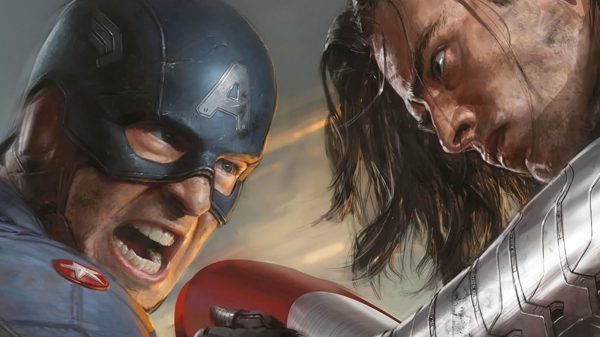



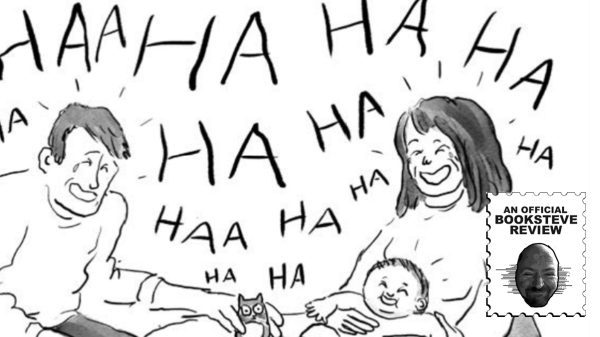




























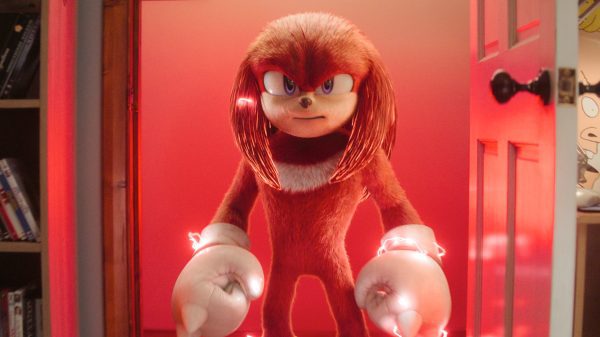





































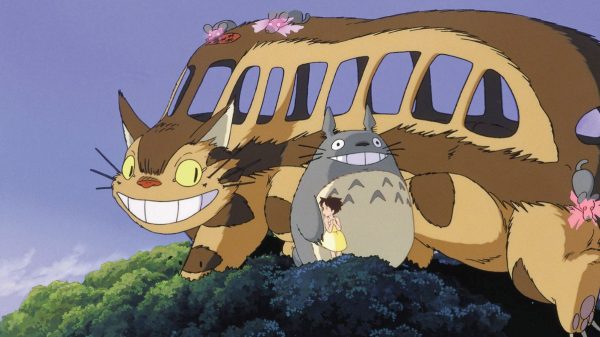
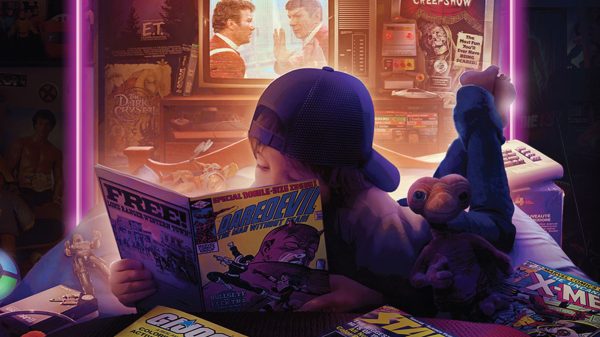











You must be logged in to post a comment Login